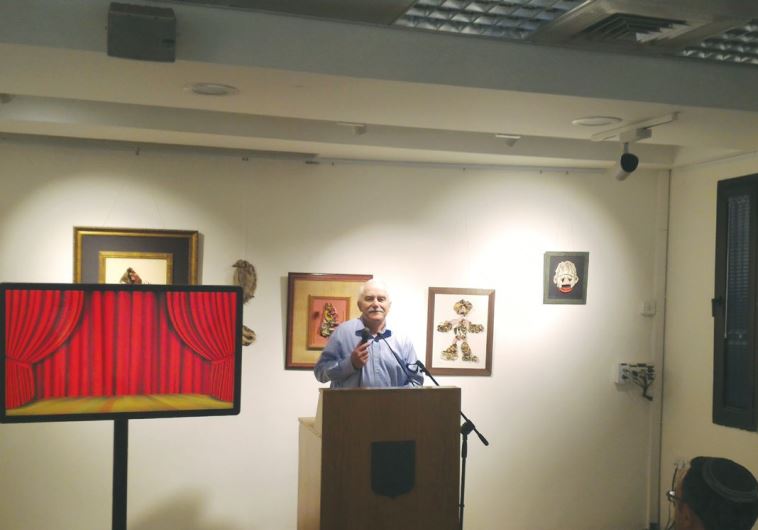Virtual exhibition showcases the life and times of Yitzhak Shamir
“My father wanted to be remembered as a man who loved Israel,” said Shamir’s son, Yair.
 FORMER MK Yair Shamir, son of the late prime minister, speaks at the Lehi Museum in Tel Aviv yesterday
FORMER MK Yair Shamir, son of the late prime minister, speaks at the Lehi Museum in Tel Aviv yesterday